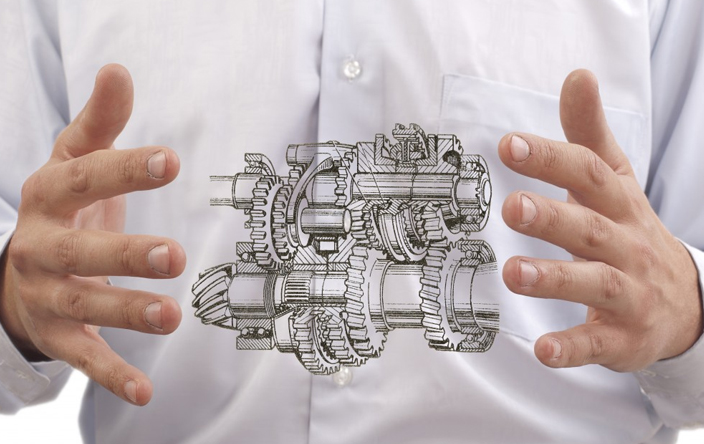
CAD programs are now used not only by designers, but also engineers, researchers, surgeons, and many other professionals of various industries to create 2D technical drawings, mock-ups of conceptual designs, and 3D models of physical objects. That is why software makers are continuously changing and improving features and enabling its usability for various industries.
Improves quality of the design: 3D CAD software comes with over 700,000 standard templates of mechanical components. Using 3D CAD modelling for mechanical engineering design allows designers to use the existing templates, thus ensuring the accuracy of the design, and also saving the design time
Increasing the Productivity and Decreasing the cost, With the integration of both CAD and CAM, it is now possible for manufacturers to increase productivity and reduce time.
Material Tracking, Material tracking traces records of material intake and storage throughout the entire manufacturing process.
Each jewellery begins with a design, traditionally done with a pencil or water colour. However, technological advances have led to some sophisticated advances, including the use of CAD systems that offer highly accurate and highly flexible designs.
CAD systems allow designers to create 3D models, which can be easily manipulated. These models have a very high level of detail and can be turned on so that customers can see a piece from all angles, ensuring that they will be satisfied with the final result.
Nowadays, many textile and fashion designers use CAD systems. The designer might start by hand-drawing a few rough images. Then, they scan the images into a computer and begin using CAD. A designer uses CAD to modify design drafts and make changes. Depending on what type of textile a designer creates, they might use different types of CAD software. There are systems for general textile design as well as creating knitted and printed fabrics. There are CAD systems for illustration and sketch pad applications that allow a person to draw freehand directly on the computer. There are CAD systems that show a designer how a type of fabric might drape on a potential garment. Some CAD programs even design embroidery patterns.
